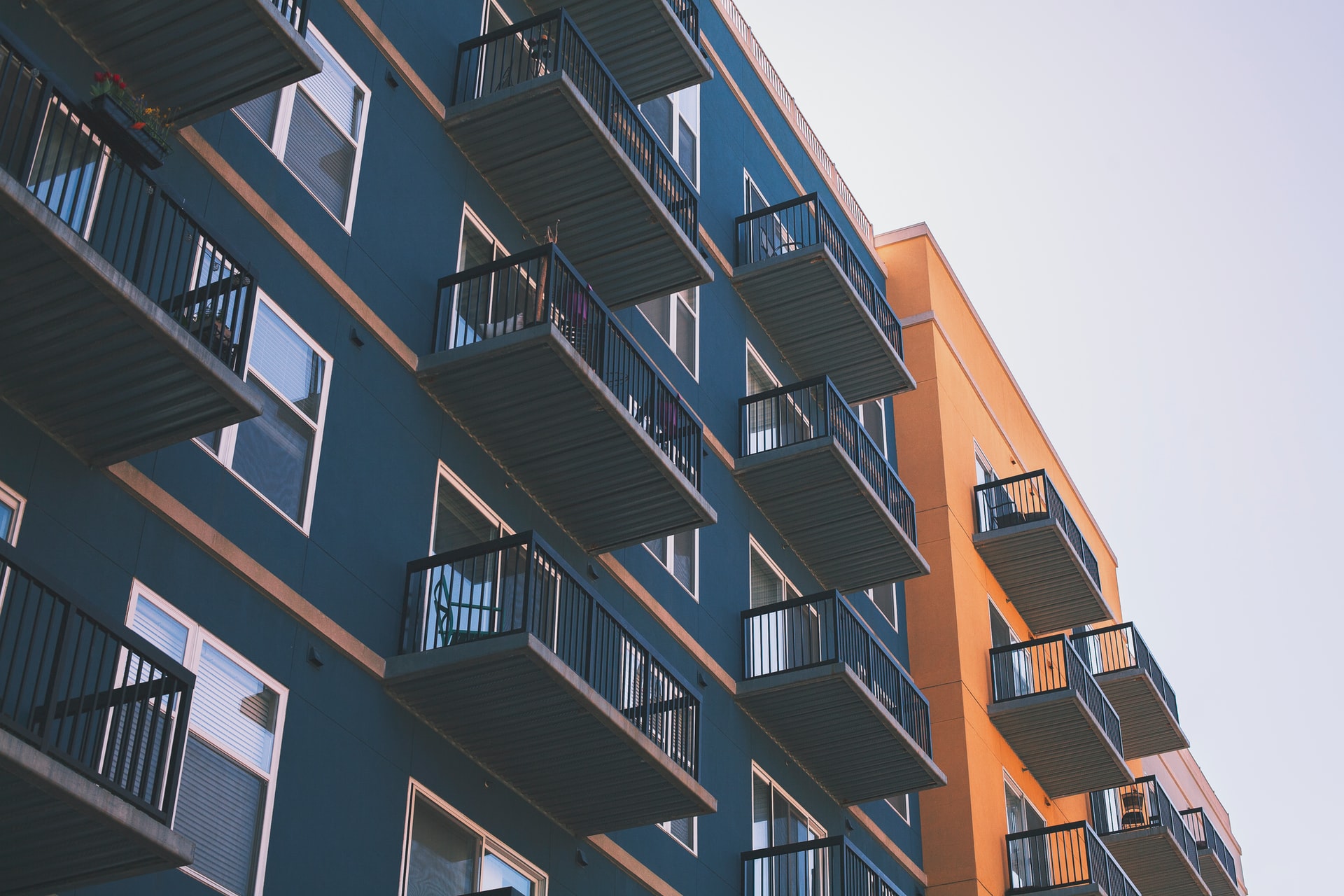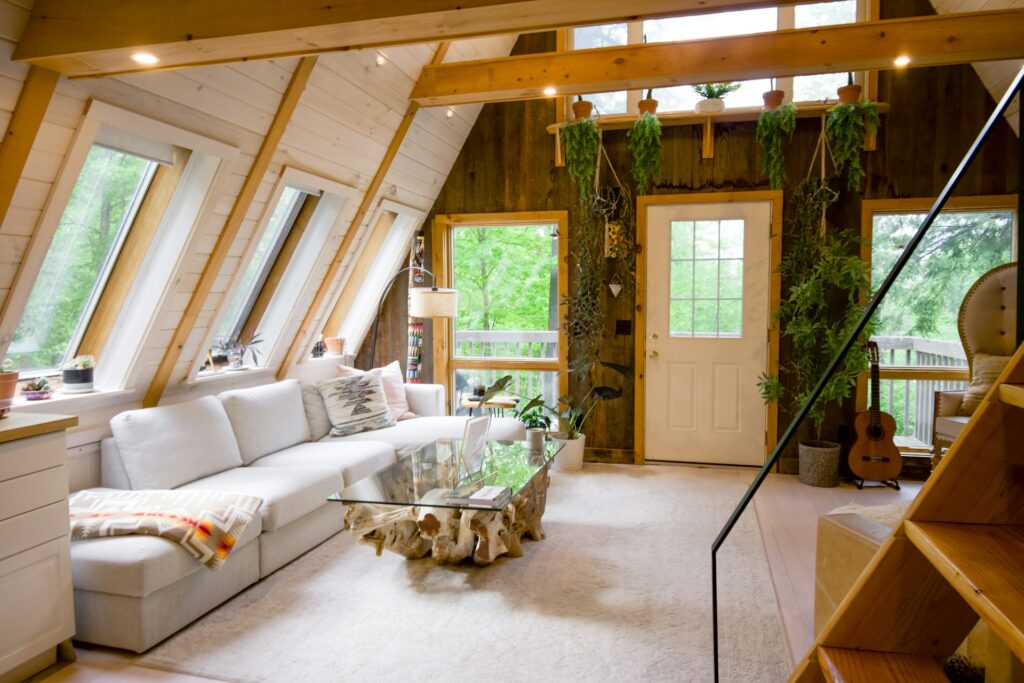
We are reader-supported. When you buy through links on our site, we may earn an affiliate commission.
When you think about buying real estate, you probably envision single-family homes. However, multi-family units can result in more bang for your investment buck.
What types of multi-family homes exist, and what do you do if the landlord life appeals to you? Here are six types of multi-family homes to consider and tips to maximize your income.
1. Traditional Apartment Complexes
Why do the folks with the big bucks invest in apartment complexes? They want to get the most bang for their investment buck. Consider this: a wealthy individual could spend $2 million financing in blue-chip stocks. They’d have to part with the entire capital amount without guaranteeing a return on their investment.
However, the same investor could use that $2 million as a 25% downpayment on an $8 million apartment building. They’re nearly guaranteed to rake in enough rent money each month to cover their mortgage — one empty unit in a 10-part complex won’t leave them high and dry. They can also supplement their income with change from vending machines, cleaning fees and pet fees and write off significant deductions on their taxes.
Can an investor lose money on an apartment complex? Certainly and some do. Such assets are tough to sell when the market hits a downturn, and spaces with multiple amenities, like gyms and pools, can face liability challenges. However, people will always need a place to live, making a complex the perfect way to diversify your portfolio if you have the cash.
2. Townhouses
Rows of townhouses line many city streets. This form of multi-family home shares the most in common with single-family homeownership. In most cases, you own the land on which the dwelling sits, including the front and back yard. The only difference between this and traditional construction is your shared walls.
Why would you pick a townhome over a condo for investment purposes? The answer generally boils down to HOAs. While condominiums have associations, townhomes do not. Although these organizations benefit homeowners by protecting property values, they can create headaches for landlords if tenants fail to comply with the codes, covenants and restrictions. Some state laws allow the association to foreclose for such violations — read your agreement carefully before purchase.
3. Condominiums
Condominiums differ from townhomes in that you only own the unit — not the land on which it sits. That’s communal property of which you own a share. Many condos feature shared walls like townhomes, with some buildings possessing different units on different floors.
As an investor, what differentiates condos from apartments is that you only own one unit instead of several in the same building. They’re a good option if you’re starting small and don’t want to hassle with exterior landscaping or rely on your tenants to tend to the lawn. Your HOA generally includes outdoor maintenance with the monthly fee, meaning your tenants won’t have to invest in a lawnmower or grass seed.
4. Plexes
Another excellent option for first-time real estate investors is a duplex or triplex. These buildings operate similarly to apartments but only contain two or three units.
Here’s a good way to produce income if you invested in a plot of land where you intend to build a home. Consider constructing a duplex if local zoning ordinances allow for it. You can live in one half and rent out the other, often at a price sufficient to cover your mortgage. Use the extra cash to further your real estate empire or retire early.
5. MIL Suites
If you have a single-family home with sufficient land, you could whet your appetite for real estate investing by constructing a mother-in-law suite. There’s no rule saying that your spouse’s folks have to reside there.
Instead, you can rent out the spot on Airbnb or VRBO. Hello, passive monthly income that doesn’t require you to do much other than washing the sheets and handling general maintenance. You could also take advantage of the affordable housing shortage and do good by renting to someone in need while raking in a reliable monthly check, with no cleaning duties required.
6. Tiny Home Hubs
If you’re even more altruistic and have land, consider using it to create a tiny home hub. While most zoning and building ordinances don’t allow you to build them alone, they permit accessory-dwelling units around a larger single-family seat.
You’ll have to check with your local zoning board to ensure you don’t run afoul of any regulations. However, you could build one single-family unit surrounded by ADUs in the right location, creating a small community for needy folks seeking a small space to call home.
What Is a Multi-Family Home?
Multi-family homes provide many people with the lodging they need. Investing in this type of real estate can pay off in significant rewards.
Now that you understand the types of multi-family units available, you can choose the best one for your needs. Even if you start small, you can build a thriving empire with persistence and the right strategy.







